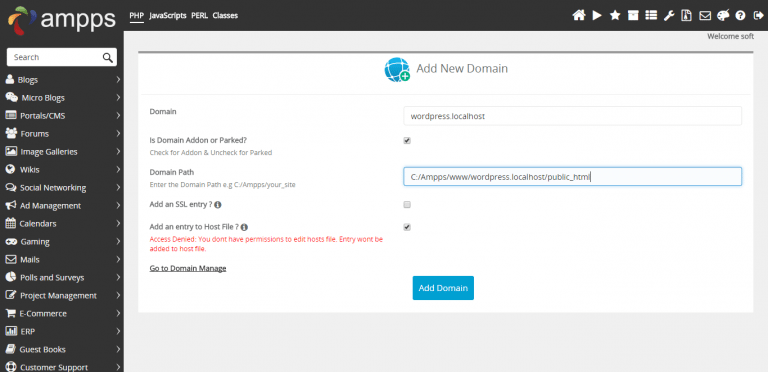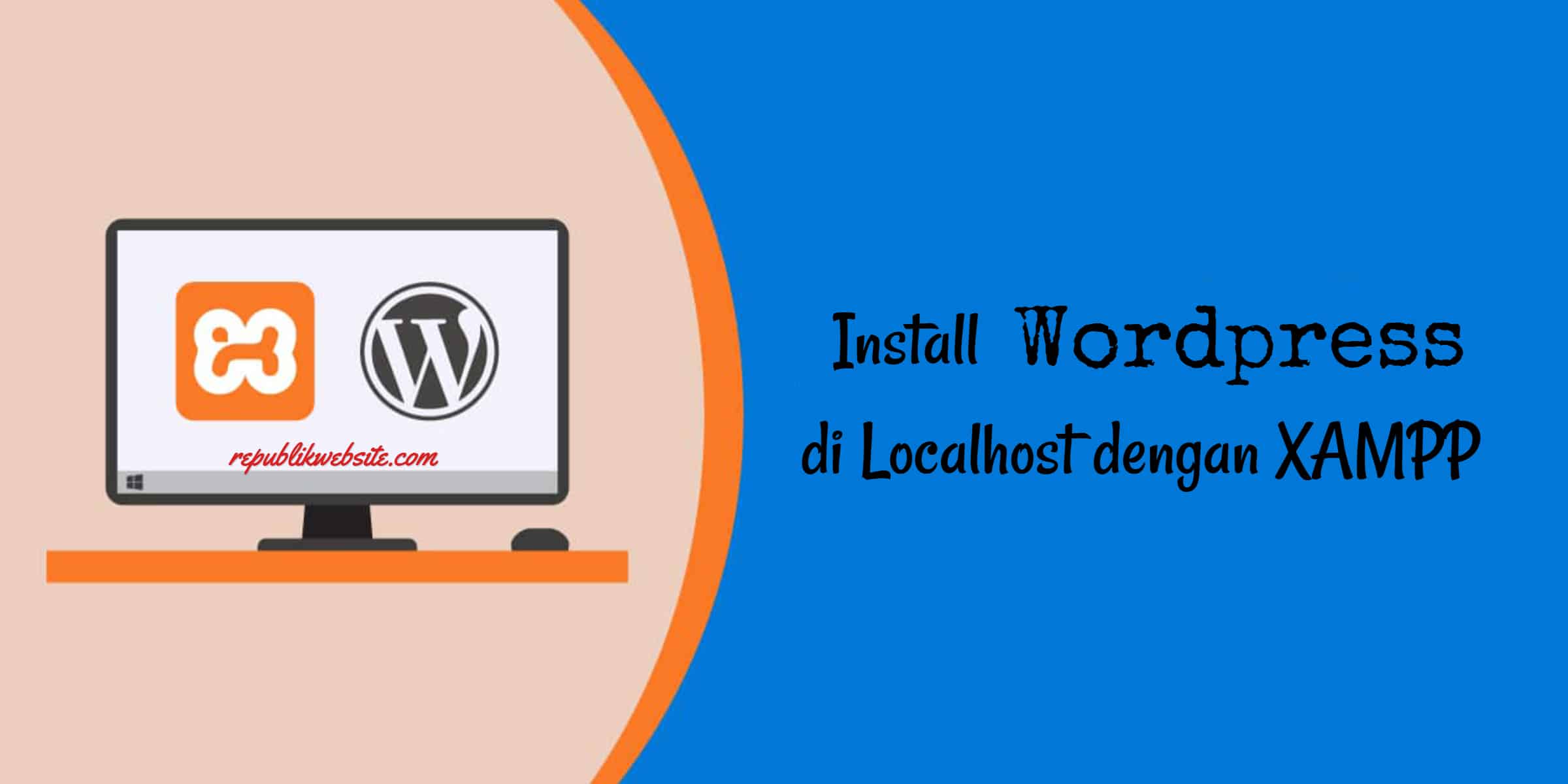

- INSTALL WORDPRESS ON AMPPS FOR MAC
- INSTALL WORDPRESS ON AMPPS SOFTWARE
- INSTALL WORDPRESS ON AMPPS MAC
In other words, a blazing fast Laravel development environment that uses roughly 7 MB of RAM.

Then, using DnsMasq, Valet proxies all requests on the *.dev domain to point to sites installed on your local machine.
INSTALL WORDPRESS ON AMPPS MAC
Laravel Valet configures your Mac to always run Nginx in the background when your machine starts. You can even share your sites publicly using local tunnels…
INSTALL WORDPRESS ON AMPPS FOR MAC
Valet is a Laravel development environment for Mac minimalists. There were 63 comments, which is quite few for a CSS-Tricks post these days!Ģ2 comments mentioned Laravel Valet, so I think that deserves and extra-special shout-out here. I just followed this.ĥ% of folks voted “Other” and were asked to chime in in the comments. One thing that bit me was not putting my MySQL stuff on a “volume” at first, which made the database susceptible to being wiped out when Docker rebuilt the container (but I have that fixed).
Docker’s architecture is harder to understand and can be harder to get up and running but is much faster, uses much less CPU and RAM and potentially uses much less space than Vagrant VM’s.Īs a personal anecdote, I’m using Docker for all my WordPress stuff now (on my Mac), and didn’t find it particularly hard to set up or understand. Vagrant is easier to understand and is easier to get up and running but can be very resource-intensive (in terms of RAM and space). Containers run as isolated processes on the host operating system but are not tied to any specific infrastructure (they can run on any computer). The downside to is that each virtual machine includes not only your application and all of its libraries but the entire guest operating system as well, which may well be tens of GBs in size.ĭocker, however, uses “containers” which include your application and all of its dependencies, but share the kernel (operating system) with other containers. Gilbert Pellegrom has a great comparison of Vagrant and Docker: As hip as Docker seems to be, apparently it’s adoption amongst WordPress folks hasn’t caught on super strongly yet. Might be just fine if you only work on one thing!ĭocker was the penultimate choice at 7%. Without any local isolation, you’re stuck with the same versions of everything across development environments. Matching those production versions in development is a good idea, so you can have some confidence what you do locally will work on production. Perhaps one project is running PHP 7 and MySQL 5.7, but another is on some older hosting is at PHP 5.3 and MySQL 4. This could be relevant even if you do all WordPress development. Meaning if you have multiple local development environments (very common), they don’t all need to share the same dependencies. All these other options take at least some kind of stab at isolating the dependencies of local development. In third place was installing things directly at 13%. I’m sure some of that is direct usage of Vagrant, but also sizeable chunks toward pre-configured-for-WordPress projects like VCCW, VVV, or Scotch Box. This option was more than 3 times more popular than any other choice. 
INSTALL WORDPRESS ON AMPPS SOFTWARE
WAMP / MAMP / AMPPS were mentioned, but it also said “Similar software with UI”, which I think is relevant as we’ll see in a second.

The winner, at 61%, was using some kind of software-with-a-UI to manage it. (If you can’t see that, don’t worry, we’re about to go through the results.) Presupposes that you are running a local environment. If you’re running WordPress locally (i.e running PHP, MySQL, and a web server), how are you doing it? Especially because the question was phrased: At the time of this writing, we got 2,623 votes, so a decent amount of significance here. We kicked a poll off three months ago asking y’all what kind of local development environment you set up for running WordPress locally.








 0 kommentar(er)
0 kommentar(er)
